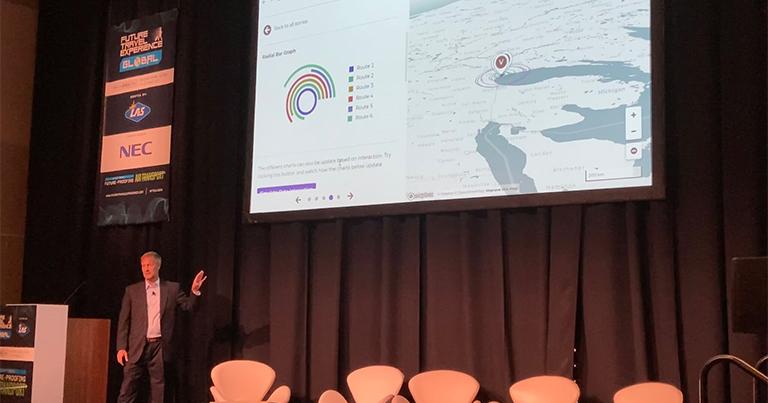Director of Corporate Strategy and Innovation, Chris Runde, was excited to take part in this year’s FTE (Future Travel Experience) Global 2022 in Las Vegas through two key sessions on air mobility and digital twin technology.
In addition, our global alliance companies, Dar Group, Perkins&Will, TYLin, Landrum & Brown, and Integral Group, Ross & Baruzzini launched Airformer during the event. This online platform models AAM (Advanced Air Mobility) operations with an overlay of existing transportation types, electric grid nodes, noise, and other essential variables.
“The future of travel is human-centric and cannot be achieved through typical, incremental change,” says Chris Runde. “The next generation traveler is carbon-conscious, dynamic, independent, and tech-savvy. The winners of the aviation industry will challenge the status quo and shift the paradigm of ‘processing’ passengers. A design thinking, customer-driven approach is what will differentiate and elevate industry leaders in the coming years.”



At Ross & Baruzzini and across our global alliance, we envision safe, efficient, and sustainable solutions that help to keep everyone and everything moving forward. Go to Airformer.io to explore more about AAM, and read more about our collaborative work across aviation and sustainability from our featured article on FutureTravelExperience.com.




